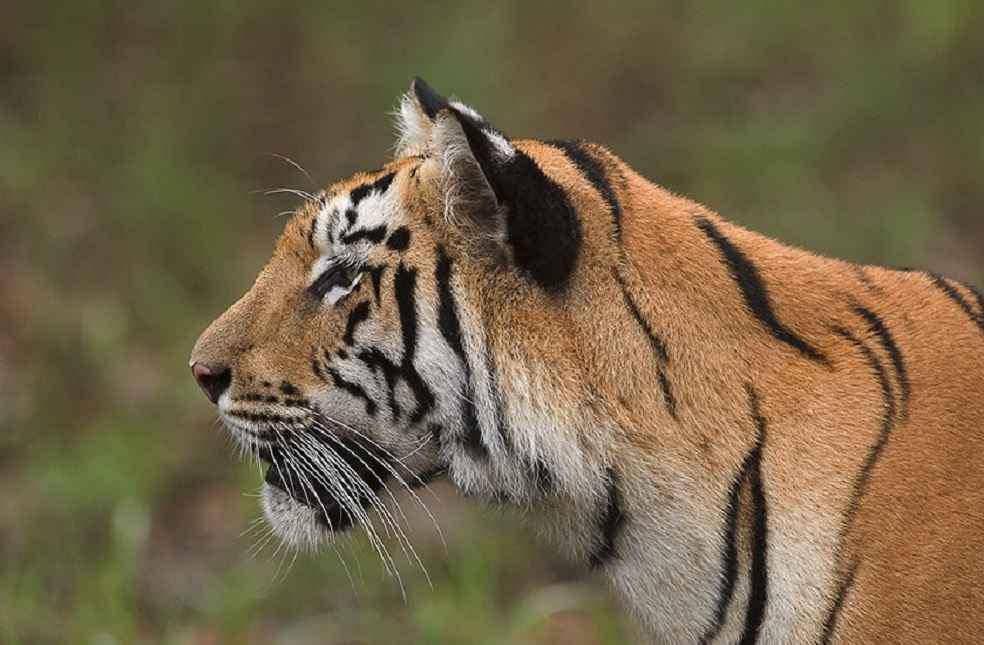India: A latest census report released by Indian Prime Minister Narendra Modi has found that the country’s tiger population reached 3,167 in 2022.
According to the new census data, from 2006 to 2018, the tiger numbers almost doubled to 2,967 and are now above 3,000 in the nation that is home to 70 percent of the world’s tigers.
“This is a success not only for India but for the entire world. India is a country where protecting nature is part of our culture,” Mr. Modi stated at a meeting in Mysuru, in the southern state of Karnataka, where he released the report.

Project Tiger began in 1973 after a census of the big cats found India’s tigers were quickly going extinct through habitat loss, unregulated sport hunting, increased poaching, and retaliatory killings by local people. Tiger reserves have gone up to 53 from the original nine when the tiger conservation effort was launched.
The tiger population was believed to have been about 1,800 50 years ago, but experts widely consider that an overestimate due to imprecise counting methods in India until the current survey was launched in 2006. It conducts a count every four years, and in its first census, 1,411 tigers were counted.
The Indian PM remarked that despite India having only 2.4 percent of the world’s land area, it contributes about “8 percent of the world’s known global diversity.”

About 40,000 tigers were believed to have lived in India at the time of its independence from Britain in 1947. India has sought to improve its management of predators by reserving habitat exclusively for the animals from the Himalayan foothills in the northeast to regions in western and central India.
The country’s growing human population has increasingly encroached into the territory of the wild animals, pushing them into frequent conflicts with humans.
Under India’s Wildlife Protection Act, it is a crime to kill tigers, which are classified as endangered.



